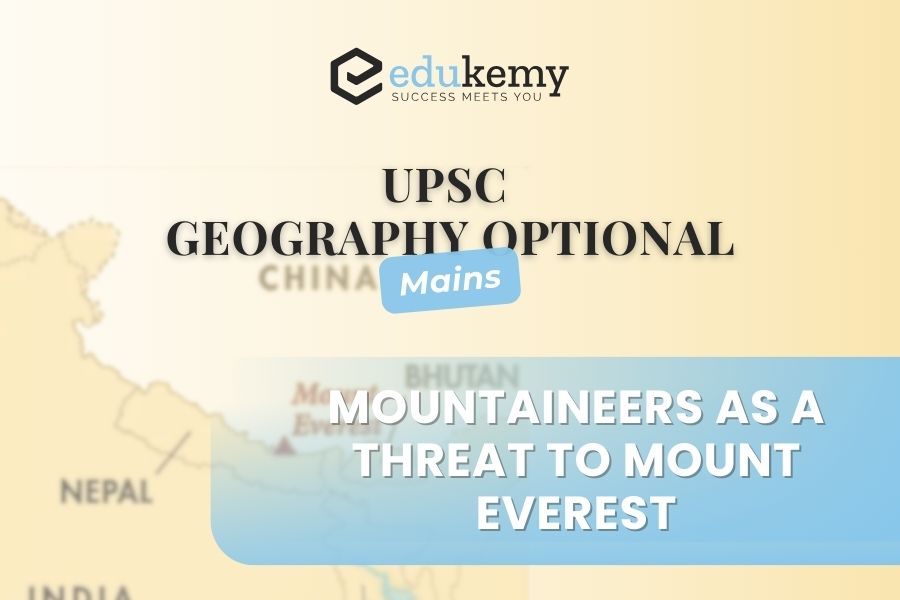
Explore the impact of mountaineering activities on Mount Everest, uncovering the threats posed by climbers to this iconic peak. Mountaineers, in their pursuit of conquering the world’s highest summit, inadvertently contribute to environmental degradation and safety concerns on Everest. The influx of climbers leads to overcrowding, causing bottlenecks and increasing the risk of accidents. Additionally, the accumulation of waste, including discarded equipment and human waste, poses a significant environmental hazard, polluting the pristine mountain environment. Understanding the challenges posed by mountaineering activities is essential for mitigating the adverse effects on Mount Everest’s delicate ecosystem and ensuring the safety of climbers. Delve into the complexities of mountaineering’s impact on Everest, fostering awareness of the need for responsible climbing practices and sustainable management strategies.
Contents
Answer:
Introduction:
Mount Everest, the world’s tallest peak standing at 8,848.86 meters (29,031.7 feet), symbolizes the pinnacle of human achievement and the ultimate challenge for mountaineers. However, this majestic mountain faces numerous threats, many of which are exacerbated by the actions of those who seek to conquer it.

Body:
- Overcrowding: The increasing popularity of Everest has led to overcrowding during climbing seasons, resulting in long queues, delays, and increased risk of accidents.
- Environmental degradation: Mountaineers leave behind tons of waste, including oxygen cylinders, tents, and human waste, polluting the pristine environment and threatening fragile ecosystems.
- Depletion of resources: The demand for resources such as firewood and fresh water by climbers strains the already limited resources available on the mountain, impacting local communities and wildlife.
- Climate change impact: Mountaineers contribute to climate change through carbon emissions from transportation and equipment, exacerbating the melting of glaciers and altering the mountain’s landscape.
- Avalanches and rockfalls: Increased foot traffic on Everest destabilizes the mountain, triggering avalanches and rockfalls that endanger climbers and Sherpas.
- Safety risks: Inexperienced climbers, drawn by commercial expeditions, pose a risk to themselves and others, requiring rescue operations that strain limited resources and endanger rescuers’ lives.
- Cultural degradation: Mountaineering tourism brings cultural changes to local communities, leading to the erosion of traditional values and practices.
- Commercialization: The commercialization of Everest exploits the mountain for profit, prioritizing summit attempts over safety and environmental conservation.
To ensure the preservation of Mount Everest for future generations, concerted efforts are needed. Implementing stricter regulations on climbing permits, promoting sustainable practices, and raising awareness about the ecological and cultural significance of Everest are essential steps.
Conclusion:
Additionally, fostering a sense of responsibility and respect among mountaineers towards the mountain and its inhabitants can help mitigate the threats posed by human activities. Only through collaborative action can we safeguard Mount Everest and its pristine beauty for posterity.
In case you still have your doubts, contact us on 9811333901.
For UPSC Prelims Resources, Click here
For Daily Updates and Study Material:
Join our Telegram Channel – Edukemy for IAS
- 1. Learn through Videos – here
- 2. Be Exam Ready by Practicing Daily MCQs – here
- 3. Daily Newsletter – Get all your Current Affairs Covered – here
- 4. Mains Answer Writing Practice – here

